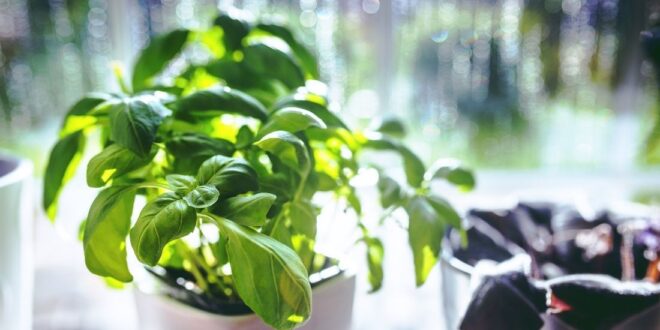Meet the Basil Plant (Ocimum basilicum)
Basil (Ocimum basilicum) is a fragrant and versatile herb cherished for its aromatic leaves, which are a staple in cuisines worldwide. Whether you’re growing basil indoors or outdoors, this guide will help you cultivate a thriving plant with flavorful leaves.
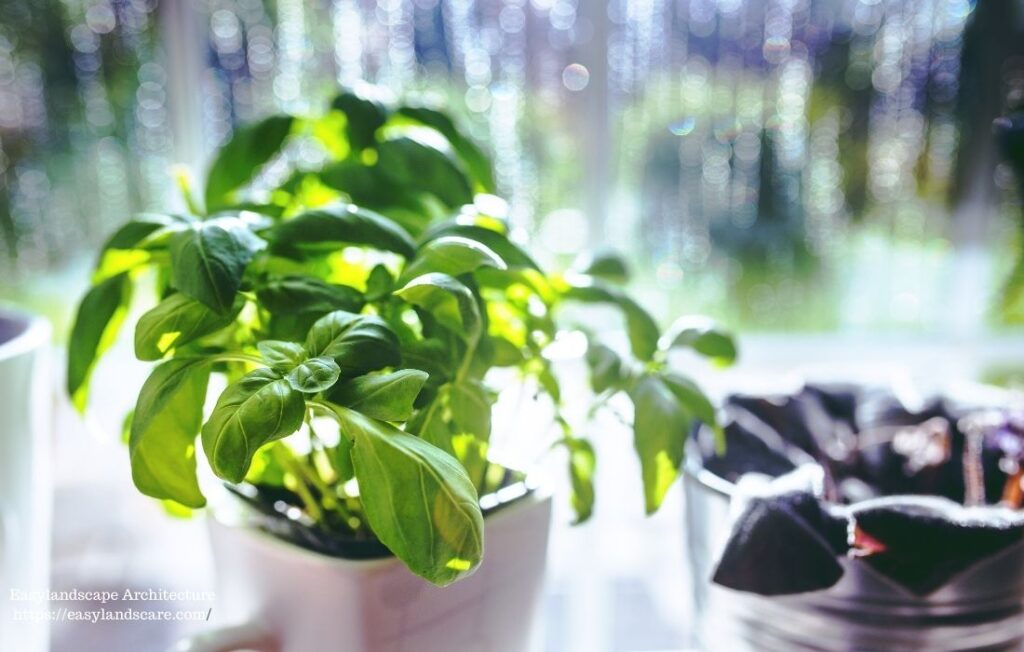
We’ll cover essential aspects such as light, watering, soil, pinching, and maximizing your harvest. With numerous varieties boasting different aromas, colors, and leaf shapes, there’s a basil type for every palate and garden. Basil Plant Care is essential for anyone looking to enjoy a lush and productive herb garden.
Why Choose a Basil Plant?
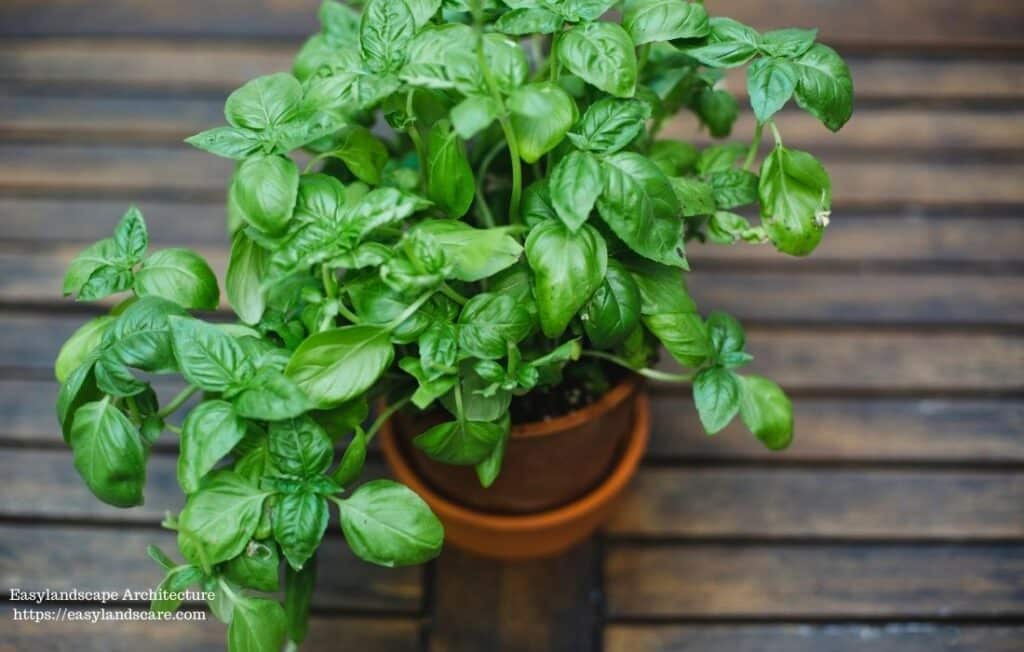
Growing your own basil provides a readily available supply of fresh, aromatic leaves for culinary use. The act of nurturing this herb can be incredibly rewarding, and the intense flavor of homegrown basil often surpasses that of store-bought varieties. Beyond its culinary appeal, basil can attract beneficial insects to your garden and even deter some pests. The diverse range of basil types, from sweet Genovese to spicy Thai and citrusy lemon basil, offers a delightful exploration of flavors and aromas. Basil Plant Care ensures that you get the most out of these varieties.
Essential Tips for Basil Plant Care
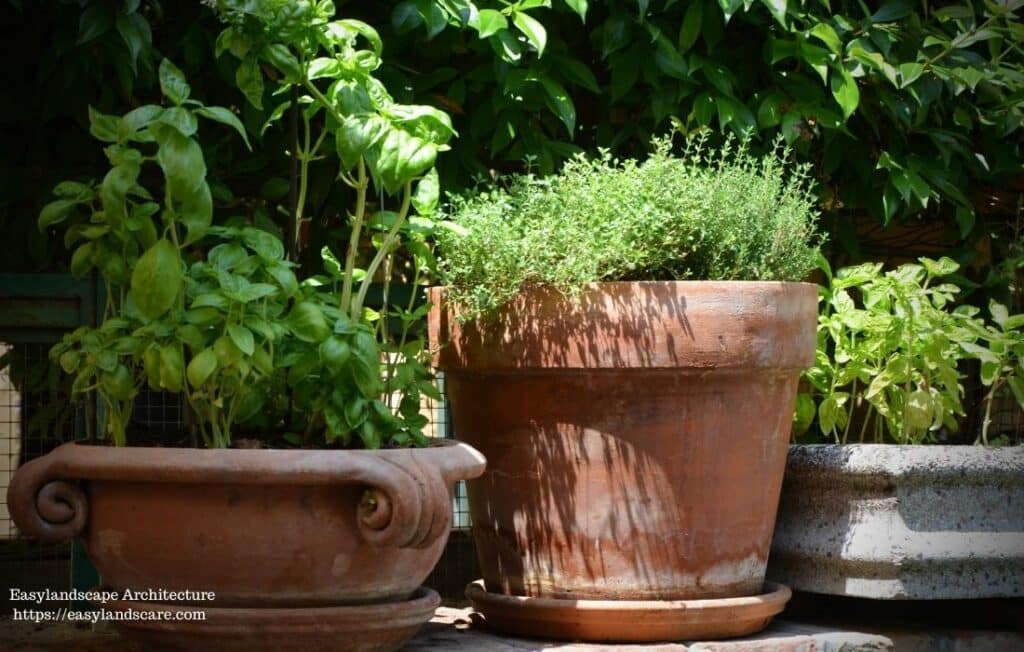
Basil Plant Light Requirements
Full Sun is Best: Basil thrives and produces the most flavorful leaves in full sun. Aim for at least 6-8 hours of direct sunlight per day. Basil Plant Care involves ensuring optimal light conditions.
Partial Shade Tolerance: Basil can tolerate partial shade, especially during the hottest part of the day in scorching climates. However, this may result in leggier growth and less intense flavor.
Indoor Growing Requires Bright Light: Growing basil indoors requires a very sunny south-facing window or the use of supplemental grow lights. Insufficient light indoors will lead to weak, pale growth.
Watering and Moisture
Keep Soil Consistently Moist: Basil prefers consistently moist soil, especially during its active growing season. Water thoroughly when the top inch of soil feels dry to the touch. Basil Plant Care involves careful watering practices.
Water Thoroughly: Ensure the water reaches the roots by watering deeply until it drains from the bottom of the pot or soaks the garden bed.
Avoid Letting Them Dry Out Completely: Allowing the soil to dry out completely can stress the plant, leading to wilting and reduced leaf production.
Avoid Overwatering: While basil likes moisture, soggy soil can lead to root rot, especially in poorly draining conditions. Ensure your pots have drainage holes.
Water at the Base: Water at the base of the plant to keep the foliage dry, which helps prevent fungal diseases.
Soil Requirements
Rich, Well-Draining Soil: Basil thrives in rich, fertile soil that retains some moisture but also drains well. Basil Plant Care includes using the right soil mix.
Amend with Organic Matter: Amend your garden soil or potting mix with plenty of organic matter like compost or well-rotted manure to provide nutrients and improve drainage and water retention.
Slightly Acidic to Neutral pH: Basil prefers a slightly acidic to neutral soil pH, ideally between 6.0 and 7.0.
Temperature Preferences
Warm Temperatures: Basil is a warm-weather herb and thrives in temperatures between 21-32°C (70-90°F). Basil Plant Care requires monitoring temperature conditions.
Sensitive to Cold: Basil is very sensitive to frost and temperatures below 10°C (50°F) can damage or kill the plant. Plant outdoors only after all danger of frost has passed.
Protect from Extreme Heat: In extremely hot climates, some afternoon shade can be beneficial to prevent wilting.
Pinching (Removing Flower Buds and Top Growth)
Encourage Bushier Growth: Basil plants tend to send up flower spikes. Pinching off these flower buds as soon as they appear encourages the plant to focus its energy on producing more leaves and bushier growth. Basil Plant Care involves regular pinching for optimal growth.
Prolong Leaf Production: Allowing the plant to flower signals the end of its vegetative growth cycle, and leaf production will slow down. Pinching keeps the plant in its leafy stage for longer.
Pinch Above Leaf Nodes: When pinching, snip the stem just above a set of leaves (leaf nodes). This encourages two new stems to grow from those nodes, creating a bushier plant.
Fertilizing
Moderate Feeding: Basil benefits from moderate fertilization, especially during its active growing season. Basil Plant Care involves balanced fertilization.
Balanced Liquid Fertilizer: Use a balanced liquid herb fertilizer diluted to half the recommended strength every 2-4 weeks.
Organic Fertilizers: Compost tea or other organic fertilizers can also be used.
Avoid Over-Fertilizing: Over-fertilizing can lead to leggy growth and may affect the flavor of the leaves.
Pruning and Harvesting
Regular Harvesting Encourages Growth: Don’t be afraid to harvest basil leaves regularly. Pinching off the top sets of leaves encourages the plant to branch out and produce more leaves. Basil Plant Care includes strategic harvesting.
a) Regular Harvesting Encourages Growth: Don’t be afraid to harvest basil leaves regularly. Pinching off the top sets of leaves encourages the plant to branch out and produce more leaves. Basil Plant Care includes strategic harvesting.
b) Harvest from the Top Down: When harvesting, start from the top of the plant and work your way down, pinching above leaf nodes.
c) Harvest Before Flowering (Ideally): For the best flavor and continued leaf production, harvest basil before it starts to flower extensively.
d) Harvest Up to One-Third of the Plant at a Time: Avoid harvesting more than one-third of the plant’s leaves at once to allow it to recover and continue growing.
Propagation of Basil

Basil is very easy to propagate from stem cuttings:
Stem Cuttings:
- Take a healthy stem cutting that is a few inches long, ensuring it has at least a few sets of leaves.
- Remove the lower leaves, leaving a few at the top.
- Place the cutting in a glass of water, ensuring the nodes (where leaves were attached) are submerged.
- Roots will typically develop within a week or two.
- Once the roots are about an inch long, pot the cutting in well-draining soil. Keep the soil consistently moist for the first few weeks. Basil Plant Care extends to successful propagation techniques.
Common Issues and Troubleshooting in Basil Plant Care
Yellowing Leaves: This can be due to overwatering, underwatering, nutrient deficiency (especially nitrogen), or cold temperatures. Adjust watering, consider fertilizing, and ensure a warm environment. Basil Plant Care requires careful monitoring of plant health.
Wilting: Usually due to underwatering, but can also be a sign of overwatering and root rot. Check soil moisture.
Leggy Growth (Long Stems with Few Leaves): Insufficient light or lack of pinching. Move to a sunnier location and pinch back regularly.
Downy Mildew (White or Gray Fuzzy Growth): A fungal disease favored by humid conditions and poor air circulation. Ensure good airflow and consider using a fungicide if severe.
Aphids and Other Pests: Check leaves regularly and treat with insecticidal soap or neem oil.
Tips for Successful Basil Plant Care
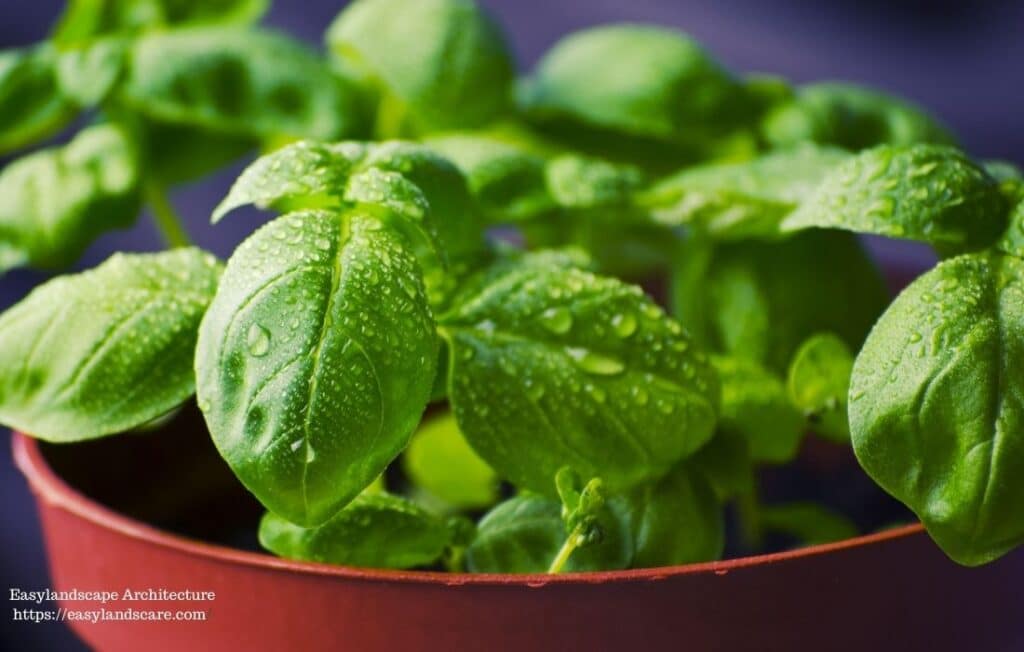
- Provide at least 6-8 hours of direct sunlight daily.
- Keep the soil consistently moist but well-drained.
- Pinch off flower buds regularly to encourage bushier growth and prolonged leaf production.
- Harvest frequently to promote more growth.
- Protect from frost and cold temperatures.
- Use rich, well-draining soil amended with organic matter.
Conclusion
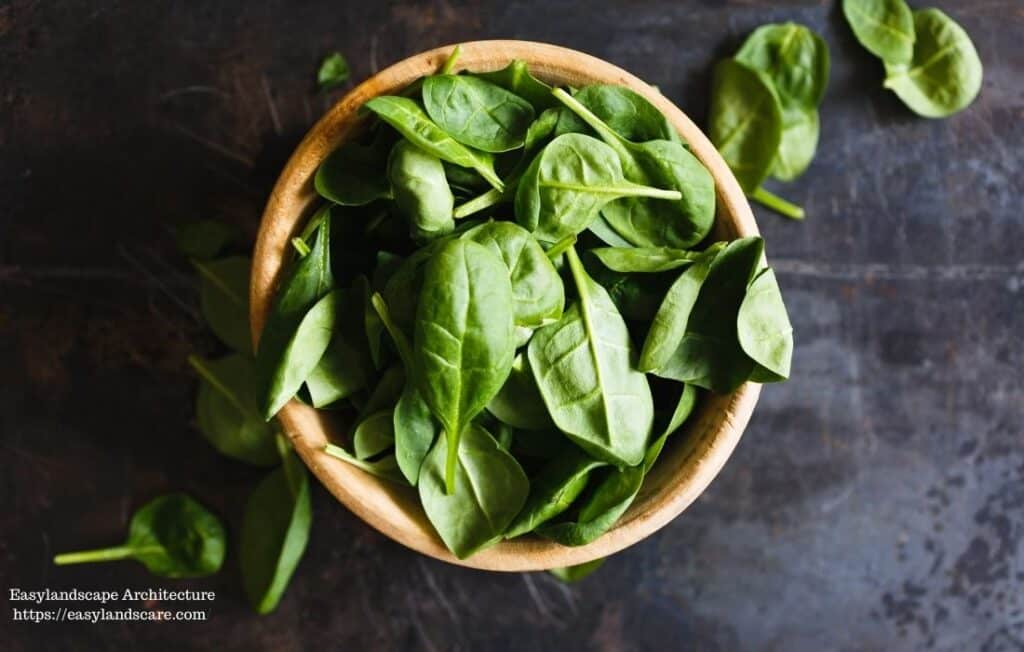
Growing your own basil is a rewarding experience that provides a constant supply of fresh, flavorful leaves for your culinary adventures. By following these care tips, you can enjoy a thriving and productive basil plant throughout the growing season. Don’t hesitate to experiment with different varieties to discover your favorite flavors and aromas! By optimizing your Basil Plant Care, you can ensure a bountiful harvest that enhances your cooking with fresh, aromatic leaves. Remember, the key to successful Basil Plant Care lies in understanding its needs and providing the right environment for growth. Enjoy the journey of nurturing this versatile herb! If you liked this article, we recommend you read our Best Indoor Plants: Top 15 Picks and Care Tips to learn about alternative indoor plants.

